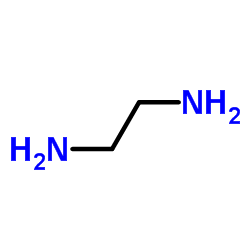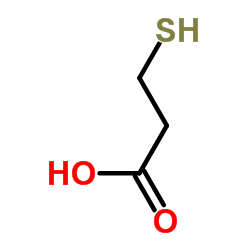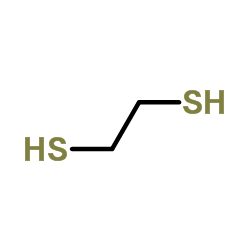| Structure | Name/CAS No. | Articles |
|---|---|---|
 |
1,2-Ethanediamine
CAS:107-15-3 |
|
 |
Acetonitrile
CAS:75-05-8 |
|
 |
Methanol
CAS:67-56-1 |
|
 |
Tetrabutylammonium fluoride
CAS:429-41-4 |
|
 |
Thiophenol
CAS:108-98-5 |
|
 |
3-Mercaptopropionic acid
CAS:107-96-0 |
|
 |
Ammonium thiocyanate
CAS:1762-95-4 |
|
 |
1,2-Ethanedithiol
CAS:540-63-6 |
|
 |
1,4-BENZENEDITHIOL
CAS:624-39-5 |